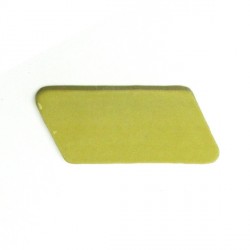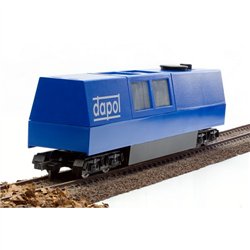Mainline Railways was a British model railway brand that operated between 1976 and 1983, introduced by Palitoy, the...
No products
Product successfully added to your shopping cart
There are 0 items in your cart. There is 1 item in your cart.
Search Tips
Open on Good Friday
The shop will be open on Friday 18th April.
Bring us some chocolate!
How often should I clean my track?
This a hard question to answer. There are no hard and fast rules about how often you should clean the track. Bear in mind the track carries the electricity to the engine, so if your track is not clean, your trains are not going to run correctly. Regardless of where you have your layout, it is going to be prone to dust and in need of a good dusting every time you use your layout.
Send your loco around the track, if its running like a three-legged hedgehog then I would suggest a clean. If the track feels lumpy as you navigate your way around the layout, go over the offending area with a track rubber.
If like me you like the easy life, then get yourself a motorised track cleaning wagon, send it round at the start of each session and you are good to go.
No leaves on the track here!
Click here to receive the tips weekly in your mailbox. You can unsubscribe at any time.










